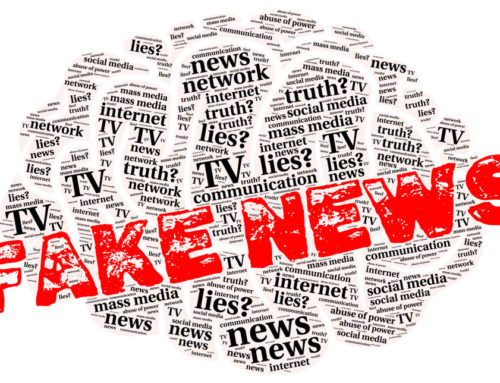At this point in time, about 64% of Americans are completely vaccinated against COVID-19, and 77 percent have gotten at least one vaccination, according to the Kaiser Family Foundation. This means that 23 percent are not vaccinated at all, more than one in five Americans. These unvaccinated Americans tend to be younger, less educated with the majority having a high school degree or less, and more likely to be Republican – 62%.
It may seem unfair to criticize, in hindsight, the Herculean efforts that were made to save the millions of people at risk from the virus, about which we knew nothing at the onset and about which we are still learning. Rather, let’s look at what we learned that will enable us to do better if, God forbid, there is a next time. With a different approach to communication, health care public relations and communication can be leveraged to avoid some of the politicization that has taken over what is a public health issue, head off misinformation, and better demonstrate the case for following public health recommendations.
First, let’s look at what convinces people not to be vaccinated. There are “experts” and anonymous sources systematically spreading information about the vaccine and the motives of people recommending to use it. As an exercise, I looked at selected media sources printing this misinformation, to see what we might learn. Here’s what I found:
- Physicians claiming that discredited treatments actually work and are being suppressed.
- Claims that “Studies” prove they work, and “other countries” are successfully using them, with no examples of these studies or of successful use of these treatments.
- Headlines that are misleading – the actual article doesn’t really deliver what is promised in the headline, but readers will be influenced by the half-truths emblazoned in large type.
- Information tailored to be shared by individuals with their Facebook friends or social media followers.
In a campaign fueled by facts, we should be able to utilize health care professionals who tell this story accurately, cite legitimate studies and debunk those that are not legitimate, and engage authority figures to speak directly to their audiences with facts.
Well, aren’t we doing this, you may ask?
The legitimate news media and those in authority have done a terrific job of reporting on the pandemic and the evolving facts as they emerge. The problem is that those who reject vaccination don’t read this media. And they may not trust the media or the government that is giving them this information.
Creative use of healthcare PR and communications strategies could change this picture. Consider these alternative tactics to leverage existing information channels, create new ones, and use grassroots communication tactics to reach specific audience segments.
- Rather than information from controversial government figures, craft fact-based guides and Q & A to come from other authorities – the CDC, the American Medical Association, an individual’s health plan, an individual’s physician. In addition to print, put information in video format as well as formats to share on social media.
- Distribute through existing channels and trusted sources. Most health plans send information to their members’ homes already; given the demographics of those who are unvaccinated, it would be important to include those who are on Medicaid and those getting coverage through the Affordable Care Act. Physicians have their patients’ e-mails and many have portals in which patients access information.
- Develop real stories from people who made the decision to vaccinate themselves and their families, and why. These individuals faced the same questions as the unvaccinated – how did they answer them to come to the decision to be vaccinated?
- Many people who were unvaccinated got COVID, and then said they would dedicate themselves to trying to convince people to get the shots. These stories appear in mainstream media – use them in social media, in channels that go directly to specific groups unlikely to be vaccinated, and in local media where people are more likely to pay attention.
- On channels that denigrate the vaccinations, work to place spokespeople who have facts. Consider buying ads on those channels, again featuring real people who made the decision to be vaccinated.
- Utilize grassroots communication and create tools that individuals can share within their own circles of influence, friends and families.
- Enlist ambassadors within organizations that people trust. For example, churches have long been an influential conduit within African-American communities. Use these influencers to first present information, and then to offer the vaccine.
- Finally, pull the curtain back from what is going on in the nation’s hospitals. Let nurses tell the story of caring for severely ill patients, including those who were not vaccinated. The pediatric wards are full of sick children. Some hospitals are facing the horrible decision to select patients to treat based on their likelihood of survival, because they have no room. That’s making these decisions based on ALL patients – not just those who have COVID. These desperate decisions affect anyone who may need health care.
Yes, hindsight is always 20-20. But it may not be too late to put these ideas into practice, especially at the local level where many hospitals and health systems have stepped up to be the locus of credible information in their communities.
Healthcare PR and communications practitioners, what do you think?







Leave A Comment